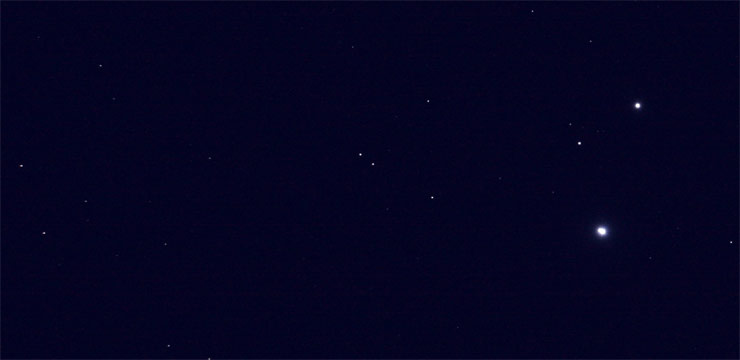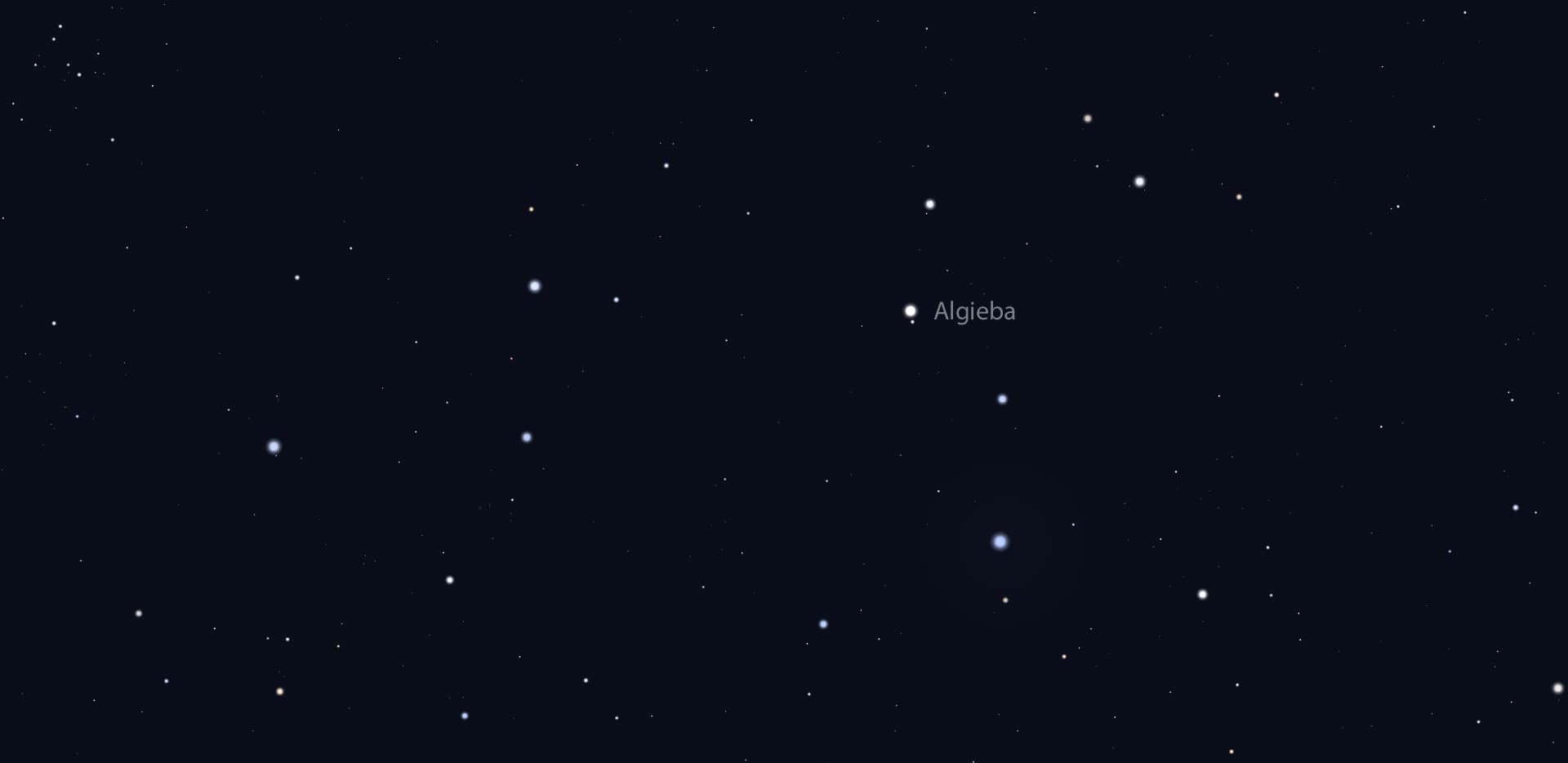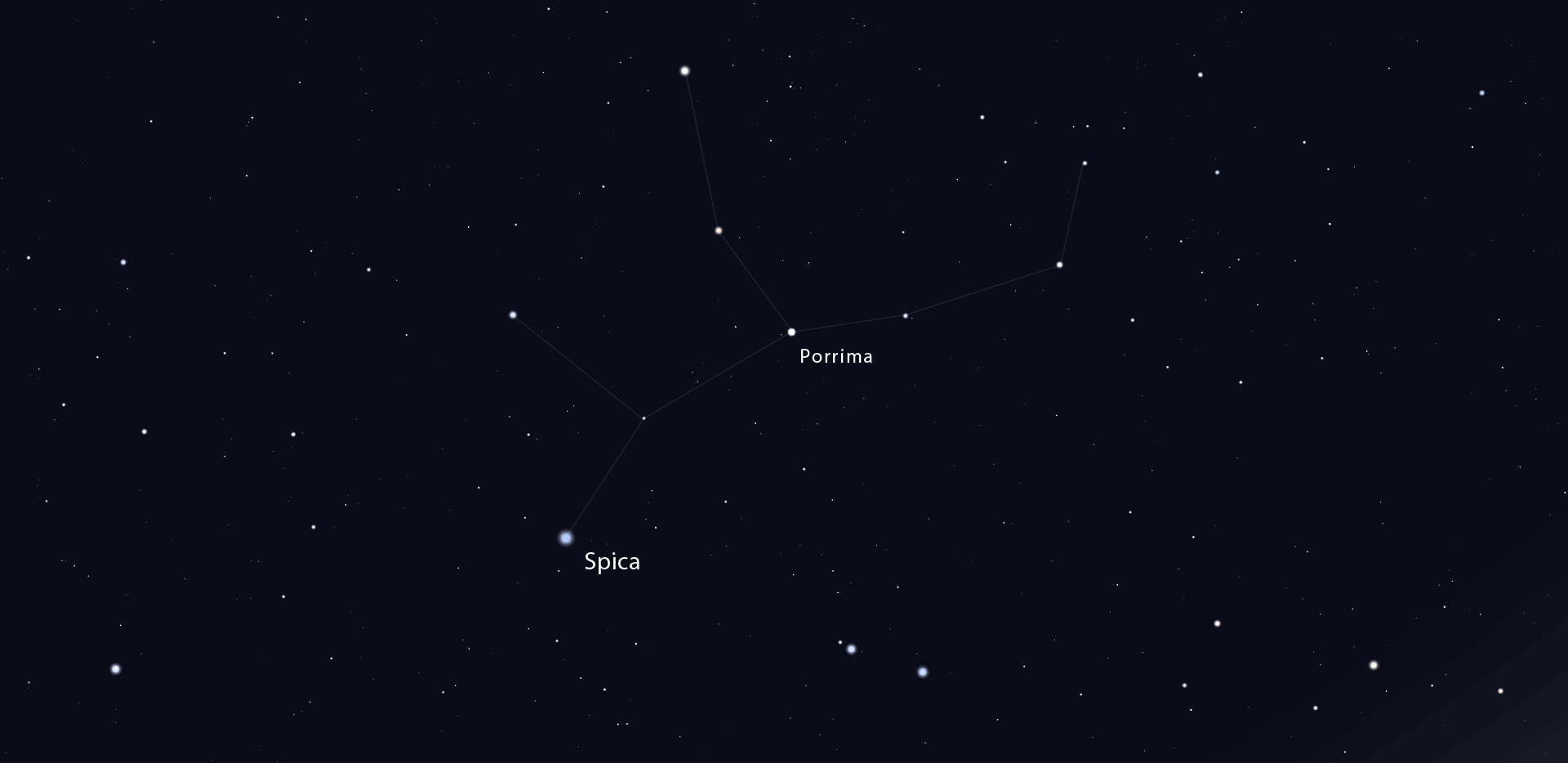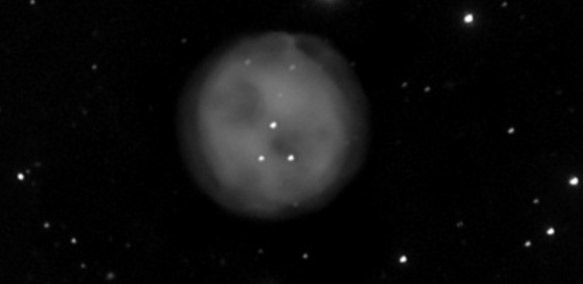The Sky in March
In Like a Lion… Out Like a Lamb
By Francine JacksonObserving Projects for March
Spring Double Stars: The Three Leaps of the Gazelle
: By Nan D'AntuonoSome Bright Winter Double Stars
: By Glenn ChapleSome Bright Spring Double Stars
: By Glenn ChapleA Selection of Double Stars in Gemini
: By Glenn ChapleA Selection of Double Stars in Cancer
: By Glenn ChapleStruve 817 Orionis
: By Glenn Chaple
Mizar, The First Double Star
: By Glenn Chapleh 3945 Canis Majoris
: By Glenn ChapleBeta Orionis (Rigel)
: By Glenn ChapleCastor: alpha (α) Geminorum
: By Glenn ChapleM40: The “Unknown” Messier Object
: By Glenn Chaple
Algieba: Double Star in Leo
: By Glenn Chaple




